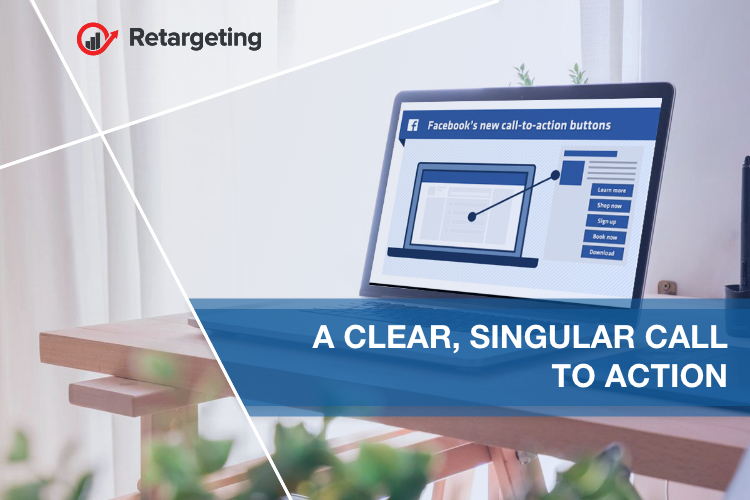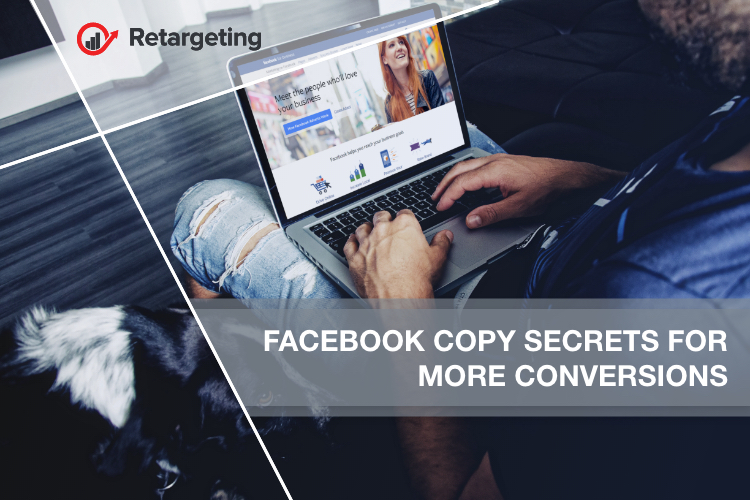Want better Facebook ad conversions? Wondering how to write compelling Facebook ad copy? That can be achieved and one way to do it is right in these phrases. Curios? Keep on reading to learn how to write a Facebook copy that improves your conversions.
The “So that” statement
The most common Facebook ad copy mistake is writing about the features of a product or service, rather than the benefits. Features may be appealing, but they don’t explain why someone should buy the product.
Consumers want to know the real reason they should purchase. How will it change their lives for the better? What value will it bring them? Why is a particular feature important?
Every time you write Facebook ad copy to explain why someone should buy your product/service, simply adding “so that…” to the end of each reason will prompt you to write about the real benefit. That’s what will compel people to take action.
“Yes” Questions
One of the most powerful Facebook ad copy techniques is to polarize people. You want your ideal customers to see your ad content and be drawn in. You want people who aren’t your ideal customers to be sent away.
Polarizing people doesn’t mean you have to be obnoxiously controversial. It just means you should create an ad for your customer and nobody else. It doesn’t matter what you want to share; it only matters what your ideal customer wants to see.
One of the easiest ways to achieve that is by asking “yes” questions. These are questions that only your target customer will say yes to.
Putting yes questions at the top of your ad will help hook your perfect customer. If you grab them with that first line, they’ll read the rest.
Mutual interests
Generally speaking, people don’t like ads. They don’t like it when strangers turn up in their feeds trying to sell them something. Unless the ad is relevant to them in some way!
Whenever you post something or run an ad, you’re competing against thousands of other advertisers and users on the platform. And if someone doesn’t know you, you have to work hard to get their attention.
If you’re targeting an audience of people who don’t know who you are, take every opportunity you can to make your ads relevant to them. You can do that by speaking about things of mutual interest.
Think about the mutual interests that you share with your audience and try speaking about those things. They’ll start to like you and trust you much faster.
Numbers in the copy
Using numbers in your Facebook ad copy is a great way to grab attention. When someone reads your ad, chances are they’ll just skim it, so anything you can do to give a quick win/shortcut will work in your favor.
The more specific the number, the better. If you’re a business that helps people save money on their weekly grocery shopping, writing “Save $19 on your next grocery bill” is much more appealing than something generic like “Save some money on your next grocery bill.”
Numbers are also a great way to show social proof and boost credibility. If you’re trying to get people to sign up for your online course or membership, share how many members you already have.

A clear, singular Call to Action
Arguably the most important part of your Facebook ads is your call to action (CTA). This is the action you’re trying to get people to take. Regardless of what your CTA is, you should only have one. And it needs to be specific.
The more choices you give potential customers in your ads, the more you risk confusing them and the less likely they’ll be to take that action. Giving people a singular CTA not only helps improve conversions but also helps your customers know what to do next.
What is their relationship with you
The biggest mistake I see business owners make when they launch Facebook ads is not understanding the relationship they have with the people they’re advertising to. You can break your audiences into three groups:
- Cold traffic: People who’ve never heard of you before. They don’t know you and don’t care who you are.
- Warm traffic: People who’ve had some exposure to your business but haven’t purchased anything from you before. Maybe they’ve visited your website or watched a video.
- Hot traffic: People who have purchased from you before and already have a relationship with you.
You want to communicate with each of these groups differently because the relationship you have with each one is different.
When you’re writing your Facebook ads, always think about the person seeing the ad. What are they doing as they scroll through their feed? Would they be inclined to click on this ad? How would they like to be talked to?

